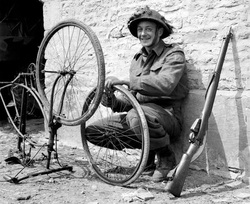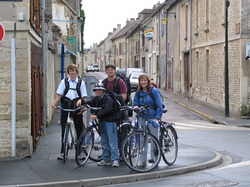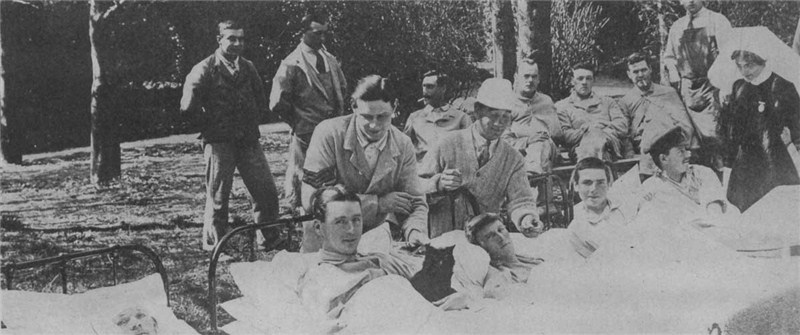 The reflecting pool at the museum's entrance.
The reflecting pool at the museum's entrance. Here are a few of my favorites:

The Flying Pig was used by French, Belgian, and U.S. troops and had a range of 490 yards.
The video below isn't of a Flying Pig, but of an Australian trench mortar.
If I ever write a novel set in the trenches of World War I, I have GOT to have a Flying Pig in it!


In August of 1914, an elite French strike force penetrated the border on the southern flank of the engagement, capturing many of these border signs.
Can you imagine a young Frenchman bringing this home to his maman?








